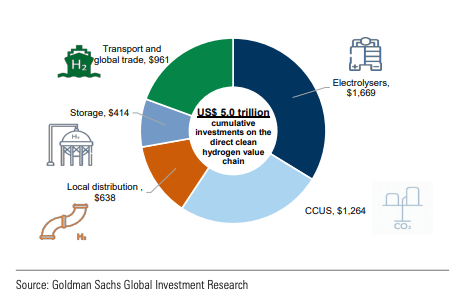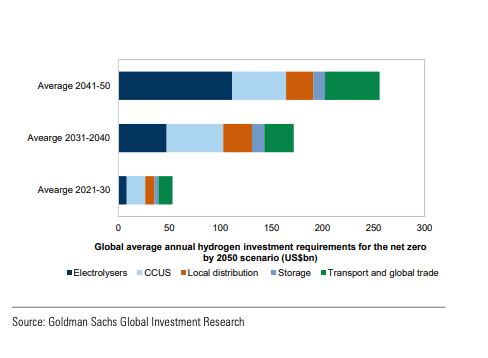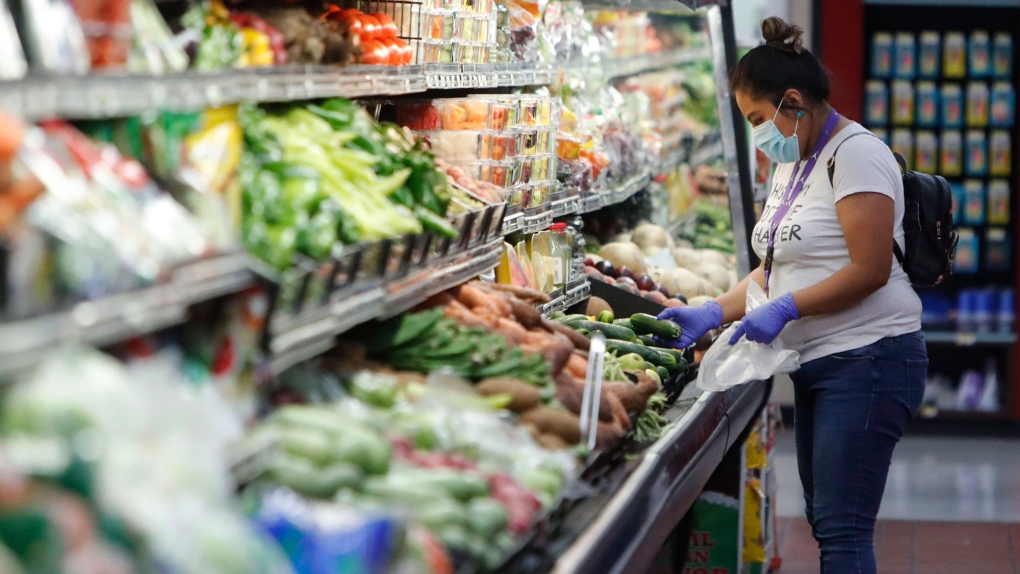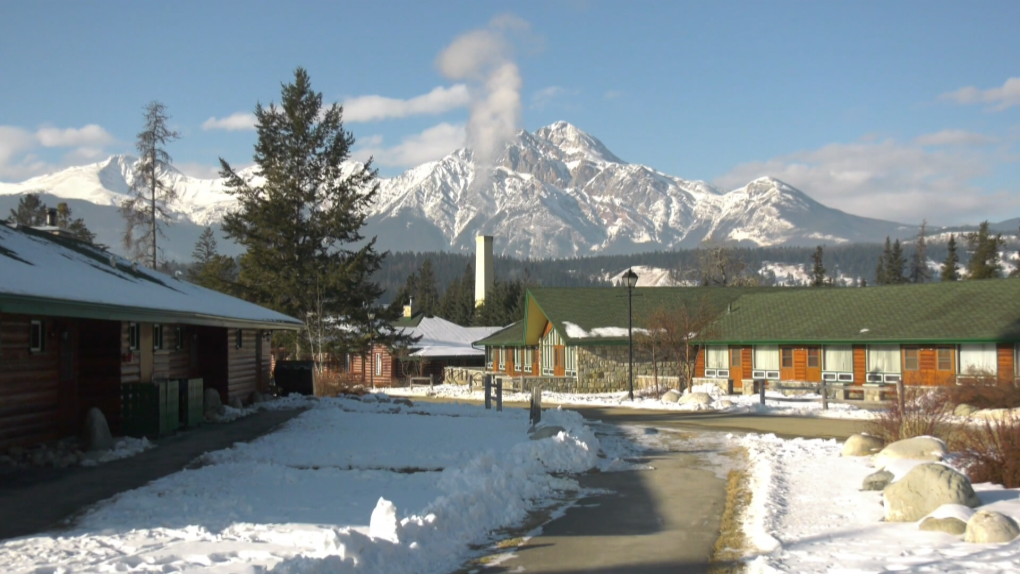Hydrogen diffuses through pipes, explodes more easily and under more conditions, and takes 3 times the energy to ship or pipe.
ByMichael Barnard
In the first half of the podcast, Paul Martin and I talked about the newly formed Hydrogen Science Coalition, of which Paul is a founding member, embrittlement of steel and increased leakage in transmission. In this second half, we delve into more on hydrogen leakage, especially in homes, the problem of increased risks from hydrogen in buildings, shipping boil-off rate, global supply implications, and more.
We start with a discussion of the end-to-end losses of natural gas vs hydrogen across transmission and distribution. In the first half we had discussed the problem with the transmission piping network for natural gas, but the distribution network is a big problem as well. Much modern piping is polyethylene, replacing cast iron pipes which constantly break. While it has advantages, hydrogen diffuses through polyethylene without any cracks at all. That means that we can’t reuse existing piping in many, many cases, a fundamental disconnect on claims of reuse of infrastructure assets by natural gas utilities.
We digressed into hydrogen boil-off in shipping. When you have a gas stored as a liquid by keeping it cold at reasonable temperatures, the cryogenic liquid turns into gas with any heat coming in. With ammonia and LNG, you can run compression and cooling equipment and return it, as they are liquids at much higher temperatures than hydrogen with its 24° Kelvin boiling point. The way to deal with this is to create the biggest, spherical, vacuum-insulated tanks possible, but even so, the boil-off rate is 0.2% per day. Shipping hydrogen tanks ones are likely to be worse because they can’t be as big. At the scale of trucks, the surface area to volume ratio leads to 1% losses per day.
This is true for hydrogen storage tanks at airports, where liquid hydrogen is the only option. Every airport would have to make hydrogen near the airport and have a hydrogen liquification facility at every airport, in Martin’s opinion. This eliminates economies of scale for centralized hydrogen manufacturing and liquification, making it even more expensive as an aviation fuel.
Hydrogen has another pernicious problem, that of spin of the electrons in hydrogen atoms. Basically, they have different spins at different temperatures, and as you cool the hydrogen, it gives off heat due to changes in spin. When the first people made liquid hydrogen at 24° Kelvin, it turned back to gas the next day due to this problem. This means more equipment, energy, and expense.
Liquifying hydrogen takes 3 times the energy as liquifying natural gas, then you lose 0.2% to 1% of the hydrogen per day due to boil-off. Shipping hydrogen would be 5-7 times as expensive as shipping LNG as a result.
And of course, putting it into pipes and moving it requires 3 times the energy to compress and move the hydrogen, so all compressors would have to be replaced.
So there are multiple loss problems along the supply chain, but when we get it into homes, things get even more problematic. We’ve had 100 years of experience making natural gas appliances safe in homes. There are no certified home appliances for hydrogen today, and no jurisdiction has existing building codes that support hydrogen appliances. As I’ve pointed out a few times, building codes and approvals are a patchwork that vary by municipality, not by country. Every city would have to update its building codes and processes to allow hydrogen appliances, a massive regulatory burden.
The next problem is that hydrogen has a much wider explosive range than natural gas. The lower explosive limit of methane is 6% while hydrogen is 4%. The upper explosive limit of hydrogen is 75%, vastly higher than natural gas’ 15%. This means that there is a much broader range of leaked hydrogen that will explode in homes. And hydrogen ignites with a third of the energy of natural gas as well. The odds of an explosion in buildings with hydrogen vs natural gas are much higher.
But wait, there’s more. Natural gas smells not because methane smells, but because we add odorants as a safety feature. The mercaptans we use in natural gas can’t be used with hydrogen because they react to it. While there are odorants that work with hydrogen, they cause fuel cells to fail. That means that two hydrogen distribution networks would be required, one for hydrogen appliances and one for fuel cells, and fuel cells would have to be outside of the home, not inside. The requirements for a hydrogen odorant are very high, and Martin doesn’t think they’ve found one, and that there might not be one.
We shifted into a discussion of engineers being paid a great deal of money to do interesting work to try to figure out the problems with hydrogen, among other things, where the problems and economics make the effort not worth doing. Martin has been one of them in the past, and I’ve dealt with numerous aerospace engineers who wasted a lot of time in airborne wind energy, and many of them pivoted to the electric vertical take-off and landing space, both of which I’ve written about extensively.
Martin’s concern isn’t about engineers wasting their time, but about public money going into these realms. If rich people and venture capitalists want to make very low probability bets, that’s their business. Public money that could be spent earnestly solving the decarbonization problem ends up being spent on the emperor’s new clothes instead. Right now the hydrogen #hopium epidemic are the missing clothes de jour, and they mostly aren’t earnest at all. While there are individuals who actually are earnest about hydrogen as a fuel, the fossil fuel industry isn’t earnest. To paraphrase Michael Liebreich, hydrogen is a no-lose bet for the fossil fuel industry. Either they push hydrogen and it delays decarbonization and hence the fossil fuel industry wins, or the fossil fuel industry gets dragged into the future with tens of billions of public money for blue hydrogen, and they win.
As a case in point, the Suncor-ATCO proposed facility in Edmonton is asking for CAD$1.3 billion from the government to build a blue hydrogen facility for hydrogen to be used in an Edmonton refinery. Alberta’s crude is sour, which is to say it has a lot of sulphur, and hydrogen is used to desulphurize it. As per my projection of hydrogen demand through 2100, high-sulphur crude will be off the market first, and we have to stop refining crude oil into fuels regardless.
Bunker fuels and asphalt for roads and roofing shingles are effectively waste products of refinery, residuum, so with the radical reduction in refining, we’ll have to find replacements for roads and roofs as well, while the shipping industry will have to refuel regardless.
One mystery Martin keeps poking at is the lack of any movement in global bunker fuel markets with the banning of residuum as a shipping fuel that came in in 2020. Martin has customers who expected a glut on the residuum market who were going to take advantage of it to process residuum into allowed products, but the glut never appeared. The assumption is that marine shippers are simply still burning it in international waters, flouting the unenforced rules.
The cost of shipping per ton mile is 40%-60% fuel, even using the cheapest fossil fuels available, slow-sailing to conserve fuel, and treating the atmosphere and oceans as open sewers. Every fuel alternative is going to be more expensive. Of course, 40% of all shipping is oil, gas, and coal, so that’s going away. Another 15% is raw iron ore, and with increased shipping costs, much more local processing of iron ore and other products will be done, so more finished, higher-value products will be shipped instead.
Right now we use cheap energy as a mask for poor organization. Absurd supply chains that jump all over the earth are coming to an end. In a future where fossil CO2 emissions are expensive, recycling of materials will become more prevalent. Steel and aluminum are already among the most recycled materials in the world, and that will simply increase. Electric minimills near to the sources of scrap, powered by renewables, will radically reduce the shipping of steel and its constituents.
Aluminum is easier to decarbonize than steel, so Martin projects that per unit of strength, aluminum will be used a lot more as a structural component. The direct electrolytic process for aluminum running on renewables has been around for 70 years. Some of the steps in aluminum which currently use fossil fuels can be replaced more easily than the blast furnace for steel.
Martin ended with his thoughts for policy makers and those who have their ears. First, it’s as simple as the Drake wince vs approve meme. In the top panel, Drake is wincing and in the bottom, he’s nodding in approval. Hydrogen as a fuel is in the top of the meme, and replacing current black hydrogen use with green hydrogen is the approval in the bottom. Second is no to hydrogen blending, it’s just hydrogen as a fuel. And finally, no to hydrogen as a transportation fuel, because it’s both ineffective and inefficient.
Originally published on CleanTechnica Pro.












